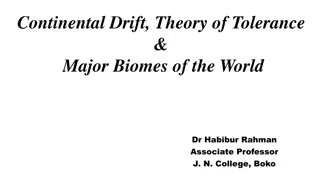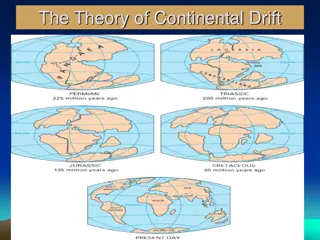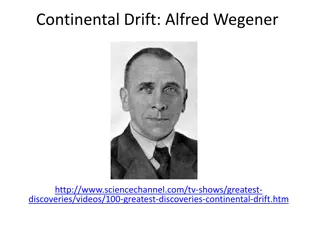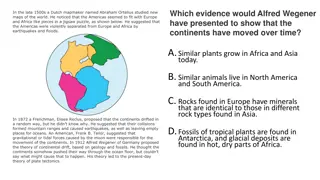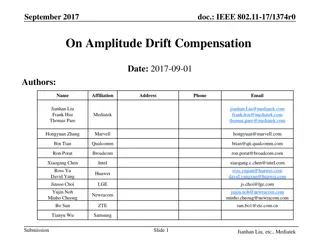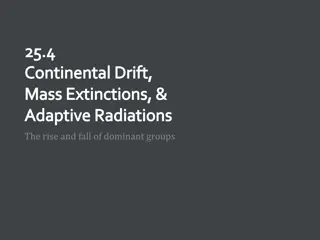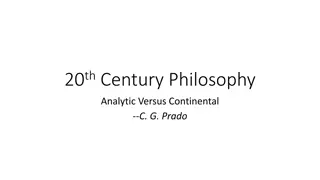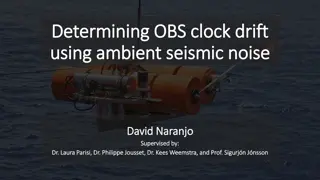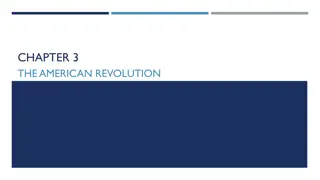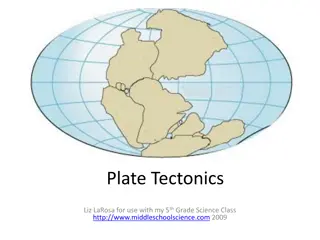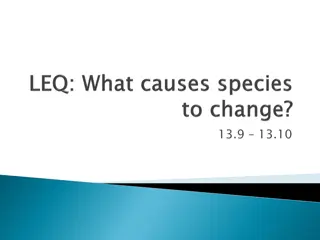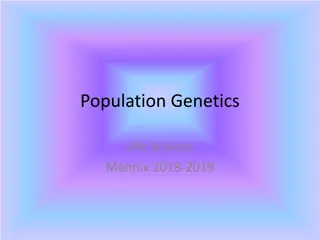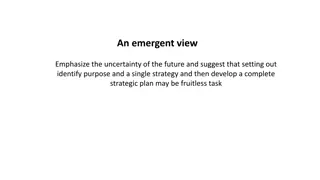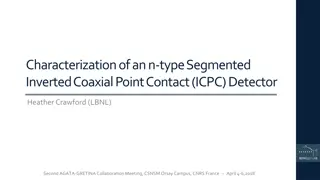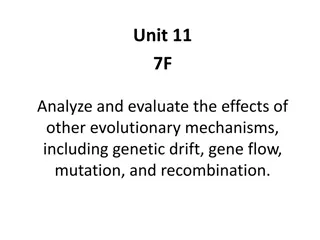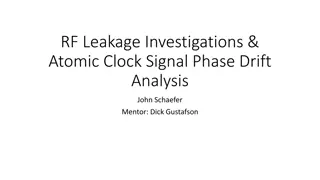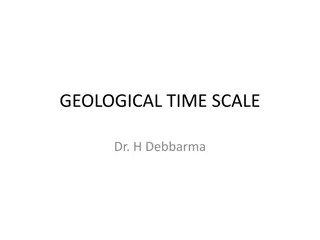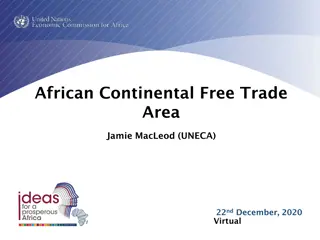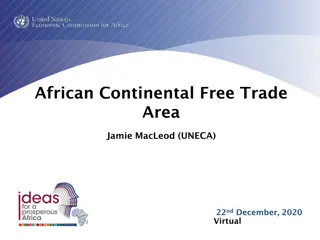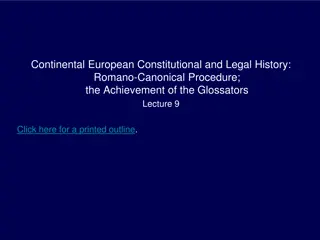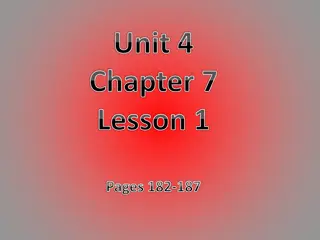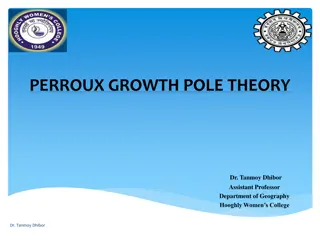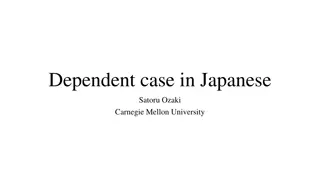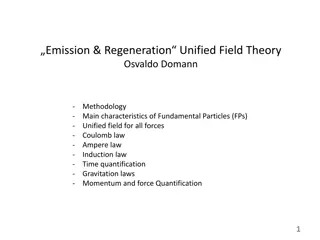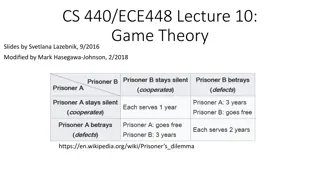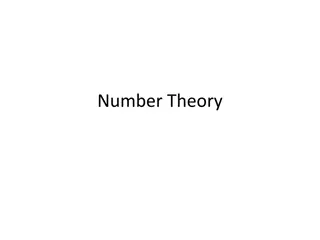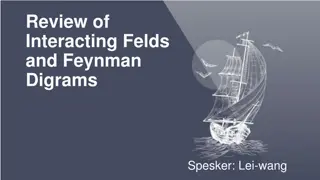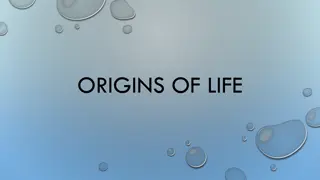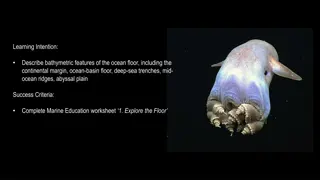The Fascinating Theory of Continental Drift Explored
In the early 1900s, Alfred Wegener introduced the groundbreaking hypothesis of continental drift, suggesting that the continents were once part of a single landmass before drifting apart to their current locations. This theory is supported by evidence such as the alignment of continents, shared fossils across distant lands, rock formations, and ancient climatic conditions. Wegener's vision of Pangaea, the supercontinent that existed millions of years ago, provides a compelling narrative of Earth's geological evolution.
Download Presentation

Please find below an Image/Link to download the presentation.
The content on the website is provided AS IS for your information and personal use only. It may not be sold, licensed, or shared on other websites without obtaining consent from the author. Download presentation by click this link. If you encounter any issues during the download, it is possible that the publisher has removed the file from their server.
E N D
Presentation Transcript
CHAPTER 7:2 PAGES 198-201 Restless Continents
I. WEGENERS CONTINENTAL DRIFT HYPOTHESIS A. One scientist who looked at the pieces of this puzzle was Alfred Wegener. 1. In the early 1900s, he wrote about his hypothesis of continental drift which is the hypothesis that states that the continents once formed a single landmass, broke up and drifted to their present locations. 2. This hypothesis helps to explain how well the continents fit together.
B. Continental drift also explained why fossils of the same plant and animal species are found on continents that are on different sides of the Atlantic Ocean. 1. Many of these ancient species could not have crossed the Atlantic Ocean without continental drift, this pattern of fossils would be hard to explain. 2. Also, similar types of rock and evidence of the same ancient climatic condition were found on several continents.
II. THE BREAKUP OF PANGAEA A. Wegener made many observations before proposing his hypothesis of continental drift. 1.He thought that all of the present continents were once joined in a single, huge continent. 2. Wegener called this continent Pangaea, which is Greek for all earth 3. We now know that Pangaea existed 245 million years ago. 4. We also know that Pangaea further split into two huge continents Laurasia and Gondwana about 180 million years ago these two continents split again and formed the continents we know today.
PANGAEA BREAKING APART (180 MILLION YEARS AG0)
THE CONTINENTS (65 MILLION YEARS AGO)
III. SEA-FLOOR SPREADING A. When Wegener put forth his hypothesis of continental drift, many scientists would not accept his hypothesis From the calculated strength of the rocks, it did not seem possible for the crust to move in this way. 1. During Wegner s life, no one knew the answer. 2. It wasn t until many years later that evidence provided some clues to the forces that moved the continents.
B. Mid-Ocean Ridges and Sea-Floor Spreading 1. A chain of submerged mountains runs through the center of the Atlantic Ocean It is part of a worldwide system of mid-ocean ridges that are underwater mountain chains that run through Earth s ocean basins. 2. Mid-ocean ridges are places where sea-floor spreading takes place. Sea-floor spreading is the process by which new oceanic lithosphere forms as magma rises toward the surface and solidifies.
3. As the tectonic plates move away from each other, the sea floor spreads apart and magma fills in the gap. 4. As this new crust forms, the older crust gets pushed away from the mid-ocean ridge. 5. The older crust is farther away from the mid-ocean ridge than the younger crust is.
NEW CRUST OLDER CRUST MOVES AWAY FROM THE CENTER OF THE RIDGE
C. Evidence for Sea-Floor Spreading: Magnetic Reversals 1. Some of the most important evidence of sea-floor spreading comes from magnetic reversals recorded in the ocean floor. 2.Throughout Earth s history, the north and south magnetic poles have changed places many times. 3. When the poles changed places, the polarity of Earth s magnetic poles changes When Earth s magnetic poles change places, this change is called a magnetic reversal.
D. Magnetic Reversals and Sea-Floor Spreading: 1. The molten rock at the mid-ocean ridges contains tiny grains of magnetic minerals These mineral grains contain iron and are like compasses, aligning with the magnetic field of the Earth. 2. When the molten rock cools, the recording of these tiny compasses remains in the rock carried slowly away from the spreading center of the ridge as sea- floor spreading occur.
3. When the Earths magnetic field reverses, the magnetic mineral grains align in the opposite direction This new rock records the direction of the Earth s magnetic field. 4. As the sea floor spreads away from the mid-ocean ridge, it carries the record of the reversals This is final proof that sea-floor spreading does occur.
ANALOGY: ROCKS SHOW MAGNETISM LIKE THE NAP OF A CARPET BEING VACUUMED
SUMMARY *** Wegener hypothesized that continents drift apart from one another and have done so in the past. ***The process by which new oceanic lithosphere forms at mid-ocean ridges is called sea-floor spreading. ***As tectonic plates separate, the sea floor spreads apart and magma fills in the gap, ***Magnetic reversals are recorded over time in oceanic crust.


